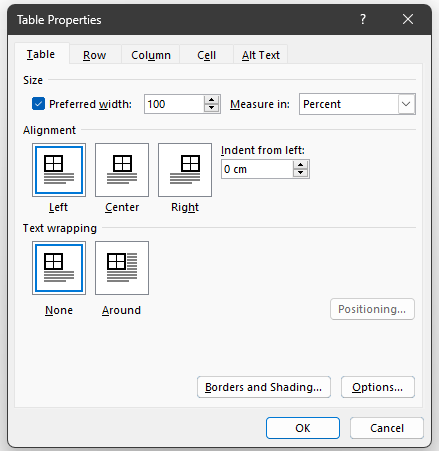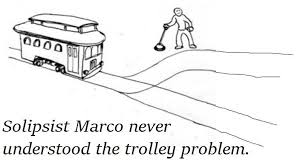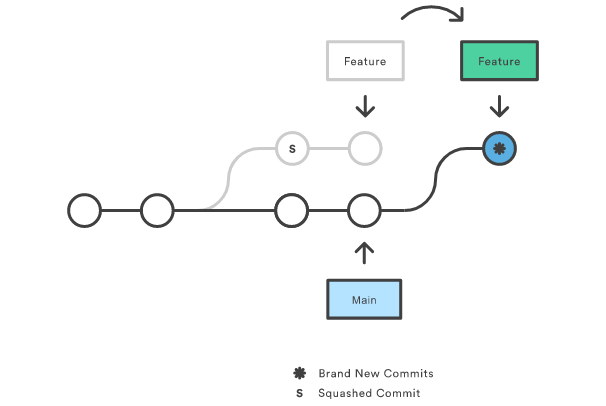

if ( parameters.teaMass <= TEA_BAG_WEIGHT ) {
return "Error: incorrect input. Check if tea bag was inserted correctly into water container."
}
No gods, no masters.


if ( parameters.teaMass <= TEA_BAG_WEIGHT ) {
return "Error: incorrect input. Check if tea bag was inserted correctly into water container."
}


Glad I didn’t read it.
[[[[[[[[[ TEST ]]]]]]]]]
why stop at curly brackets? Do all of them: parentheses, square brackets, angle brackets, and curly brackets. Also, strings should be liberated. Move all non-escaped quote characters to the end of the line too.


At least name it well. What’s tw supposed to mean?
<br>
actually:
<br>
but only sometimes.
Oldman.setHealth(“dicktits”); //normalize pls
0
Oldman.setHealth(“-100±1%”); //make percentage pls
Reject operations.
Use absolute number to remove the minus. Math.abs()
Oldman.setHealth(0.0); //it is subunitary, but undefined behavior - will it access the ‘numeric value’ overload, or the ‘subunitary numeric value’ overload?
Same result either way, so whatever if branch is first.
Understand the purpose. If you want to kill the old man with 0, then there’s no point to leaving it as 0.9%, understand the non-linear characteristics of life and death.
When you’re dealing with the low level functions, sure, you can keep it simple. When you’re reaching the surface of user input, you’re either going to waste time with validation and error reporting, or you’re going to waste time with interfaces that can handle more shit without complaining. There’s no fool proof either way, but good luck pissing users off with endless docs.
Don’t write your own code just yet.
If your goal in programming is just to be a traffic cop between the user input and the database, all you’re doing is building a virtual bureaucracy, the kind that people really hate and is easily generated with coding tools. Or you’re just deferring the “smoothing out” burden to the UI developers.
…ends with. And there are more ways to parse.
Absolute (cm)

adding one 0:

100%, automatically changes unit to %
(Word table properties)
The high level setter function should be made to handle both string and numeric values.
If it contains “%” it’s a percentage value.
If it’s a string without a “%” it’s an absolute value and needs to be normalized.
If it’s a numeric value, it’s an absolute value.
If it’s a numeric 100, it’s 100%.
If it’s a subunitary numeric value, it’s a percentage.


It’s the API’s job to validate it either way. As it does that job, it may as well parse the string as an integer.
I’m not a solipsist.

I fucking hate timezones. Whatever it is, I’d rather read the current clock as 4 a.m. even if it’s noon than have timezones.


Yeah but how is the Kremlin going to control us with their gas & oil if we have nuclear?
France is EU’s first importer of ‘Russian nuclear products’: study – Euractiv
New report shows Russia raking in revenue from state nuclear company | Fox Business
Russia faces threat of sanctions on nuclear power industry as Germany backs uranium ban – POLITICO
Bratislava to reject EU’s latest sanctions package if it includes ban on Russia nuclear fuel
Russia’s Rosatom Helps Putin Skirt Sanctions
Russia’s nuclear project in Hungary: France’s growing role | OSW Centre for Eastern Studies
https://www.greenpeace.de/publikationen/20220517-greenpeace-report-russland-taxonomie.pdf
Squashing
The
s“squash” command is where we see the true utility of rebase. Squash allows you to specify which commits you want to merge into the previous commits. This is what enables a “clean history.” During rebase playback, Git will execute the specified rebase command for each commit. In the case of squash commits, Git will open your configured text editor and prompt to combine the specified commit messages. This entire process can be visualized as follows:

Note that the commits modified with a rebase command have a different ID than either of the original commits. Commits marked with pick will have a new ID if the previous commits have been rewritten.
https://www.atlassian.com/git/tutorials/rewriting-history
You can also amend for a softer approach, which works better if you don’t push to remote after every commit.
The
git commit --amendcommand is a convenient way to modify the most recent commit. It lets you combine staged changes with the previous commit instead of creating an entirely new commit. It can also be used to simply edit the previous commit message without changing its snapshot. But, amending does not just alter the most recent commit, it replaces it entirely, meaning the amended commit will be a new entity with its own ref. To Git, it will look like a brand new commit, which is visualized with an asterisk (*) in the diagram below.
You can keep amending commits and creating more chunky and meaningful ones in an incremental way. Think of it as converting baby steps into an adult step.


I see, so you don’t understand what’s happening on the planet.
Don’t worry, you’re not alone, you represent the majority.


I think that it’s you who should read more.
Here:
We propose that the global environmental crises of the Anthropocene are the outcome of a ratcheting process in long-term human evolution which has favoured groups of increased size and greater environmental exploitation. To explore this hypothesis, we review the changes in the human ecological niche. Evidence indicates the growth of the human niche has been facilitated by group-level cultural traits for environmental control. Following this logic, sustaining the biosphere under intense human use will probably require global cultural traits, including legal and technical systems. We investigate the conditions for the evolution of global cultural traits. We estimate that our species does not exhibit adequate population structure to evolve these traits. Our analysis suggests that characteristic patterns of human group-level cultural evolution created the Anthropocene and will work against global collective solutions to the environmental challenges it poses. We illustrate the implications of this theory with alternative evolutionary paths for humanity. We conclude that our species must alter longstanding patterns of cultural evolution to avoid environmental disaster and escalating between-group competition. We propose an applied research and policy programme with the goal of avoiding these outcomes.

Figure 2. Dimensions of environmental management create an attractor landscape for long-term human evolution. Environmental sustainability challenges (curved frontiers) require a minimum level of cooperation in a society of a certain minimum spatial size. Alternative potential paths move humanity toward different long-term evolutionary outcomes. In path B, competition between societies over common environmental resources creates cultural selection between groups for increasingly direct competition and conflict. Path A, growing cooperation between societies facilitates the emergence of global cultural traits to preserve shared environmental benefits.
unlikely